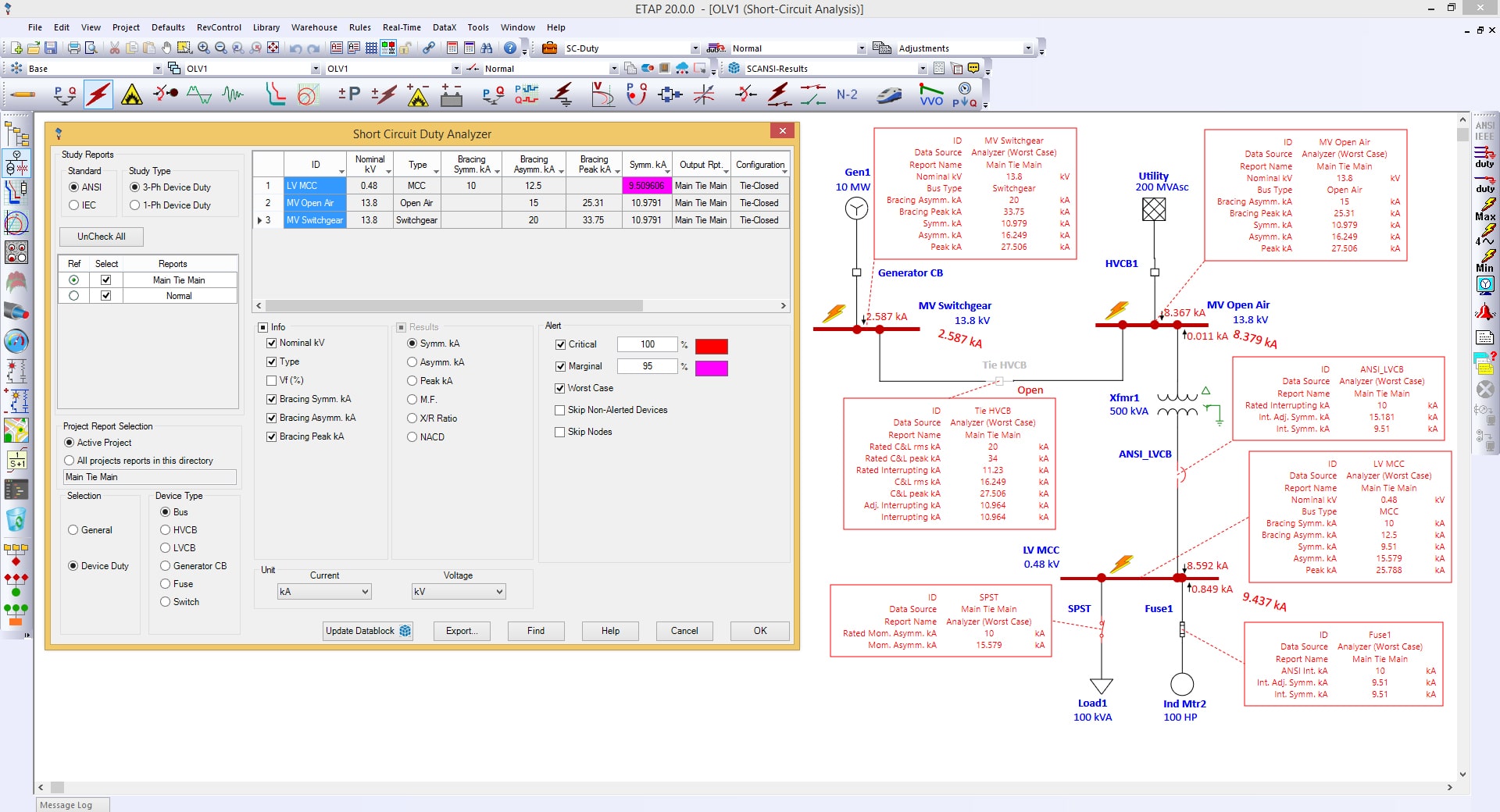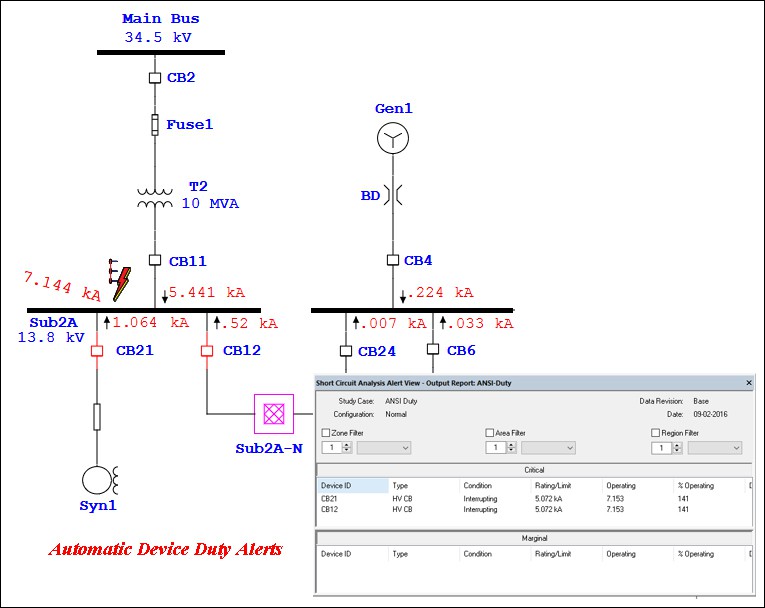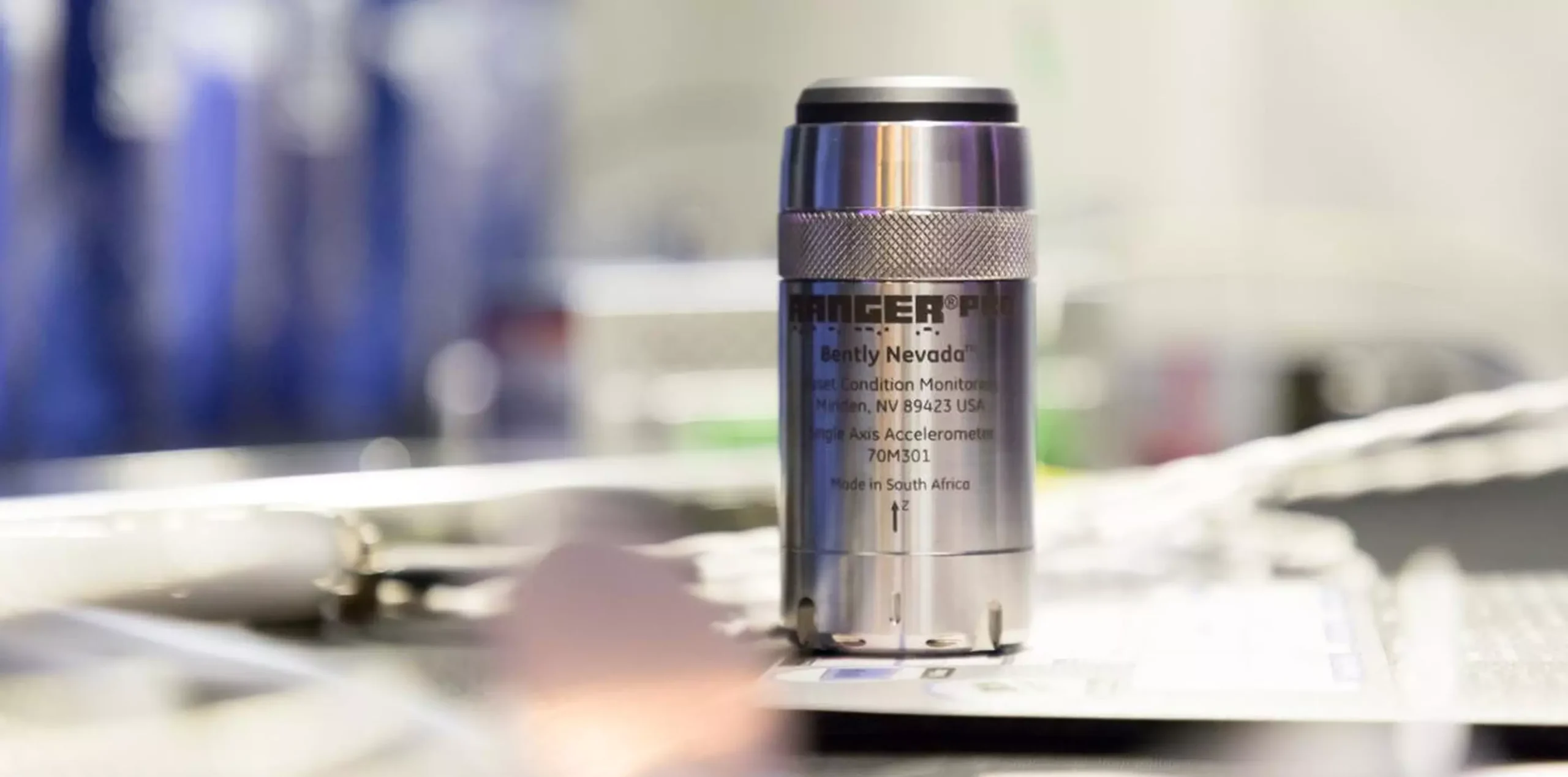
Short Circuit Study is a critical component in the design, operation, and protection of electrical systems. It helps identify fault currents that may occur during electrical failures such as ground faults, phase-to-phase contacts, or three-phase short circuits. Based on these insights, protective systems can be properly designed to safeguard both personnel and equipment.
Why Is Short Circuit Study Necessary?
|
Real-life situation |
Risks Without Short Circuit Analysis |
|
New system design |
Inappropriate equipment selection, leading to potential fire or explosion risks |
|
System expansion |
Increased fault current exceeding equipment capacity |
|
Safety inspection |
Failure to meet technical standards, resulting in rejected approvals |
|
Actual operation |
Protective devices malfunction, causing widespread power outages |

Benefits of Short Circuit Analysis
- Identifying fault currents across the system
Evaluate the severity of short-circuit scenarios and select appropriate equipment for safe operation. - Designing and selecting protective devices
Provide the technical foundation for choosing circuit breakers, fuses, and relays with suitable specifications. For existing equipment, compare rated short-circuit capacity with calculated values to assess compatibility. - Optimizing protection coordination
Premise for study selective coordination of protective devices, allowing rapid fault isolation and minimizing the risk of widespread outages. - Analyzing and simulating fault scenarios
Support testing of various short-circuit cases — single-phase ground faults, two-phase faults, and three-phase faults — to assess system reliability.


Outcomes Of Short Circuit Study
- Detailed report explaining the input data, study cases, observations and recommendations
- Fault currents at various buses and branches in the system
- Breaking current – AC and DC components, peak making current and short time withstand ratings of equipment
- Input to Relay coordination study
- Input to Arc Flash Study


 Tiếng Việt
Tiếng Việt


